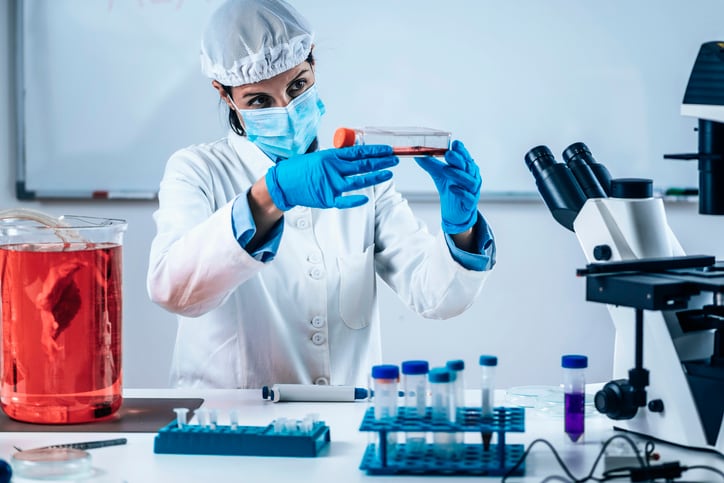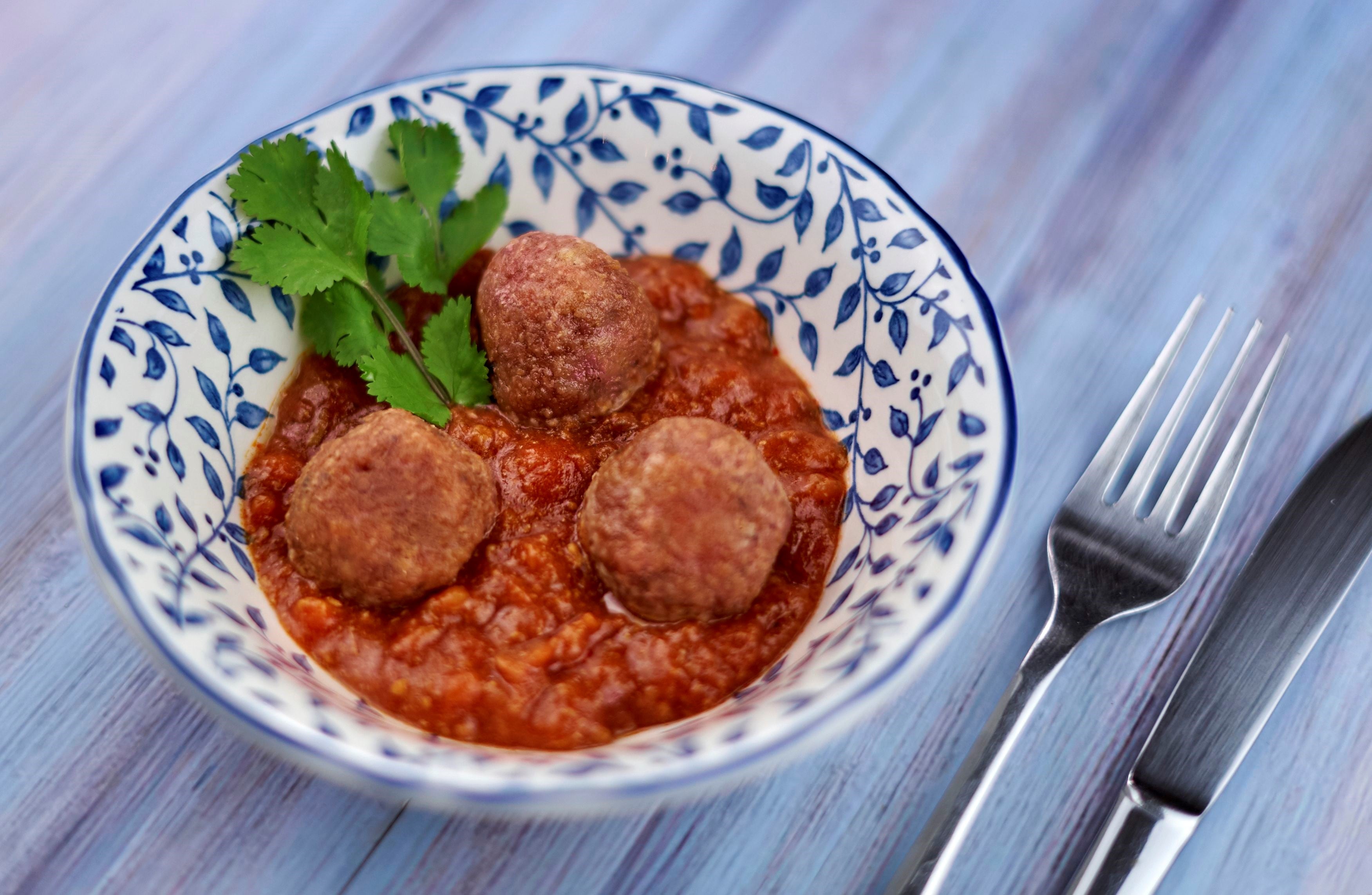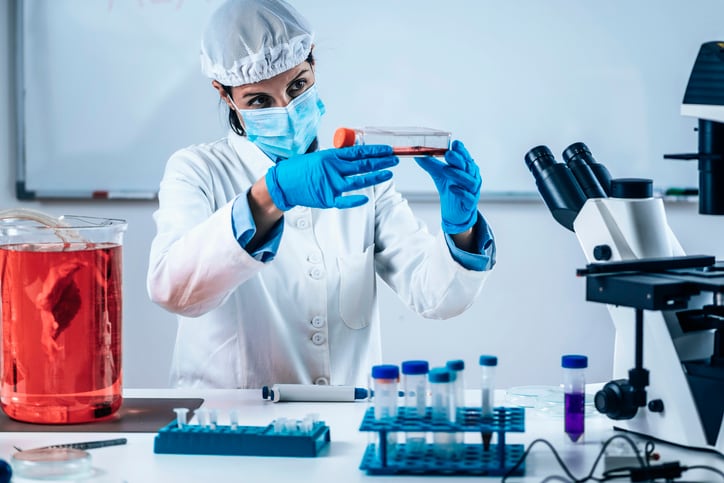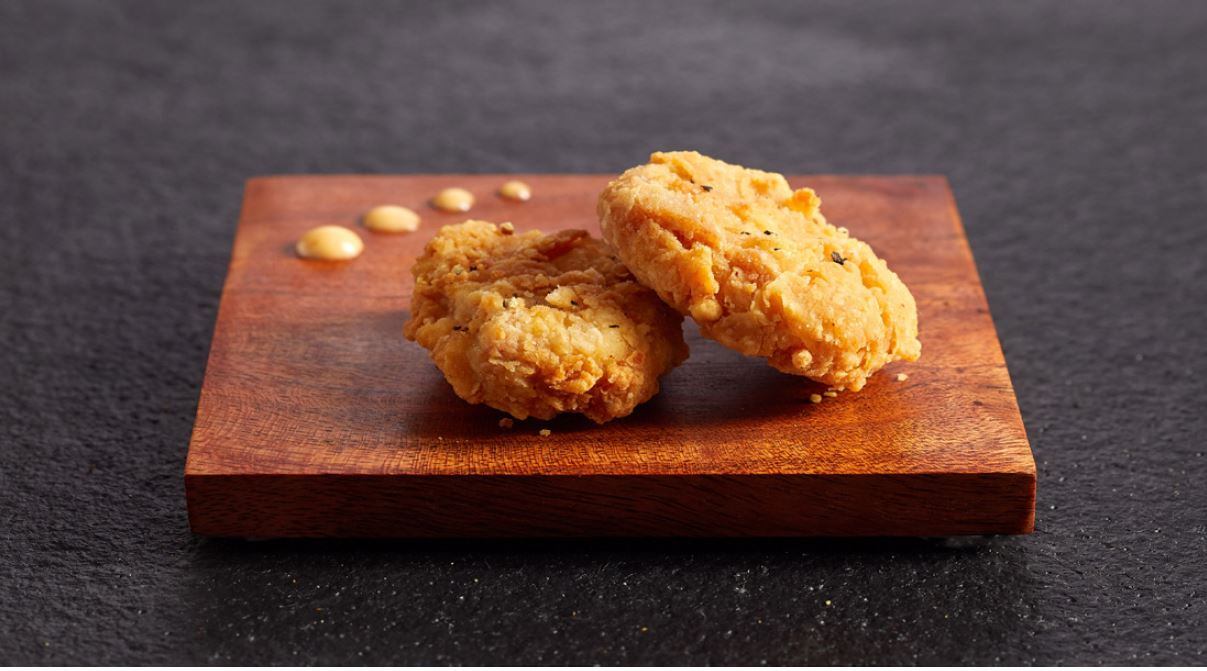Innovation in the nascent but rapidly growing cultivated meat sector (also known as cultured, cell-based, slaughter-free and clean meat) has thus far focussed excessively on the minced meat format. So believes Ravi Selvaganapathy, a researcher at McMaster University’s School of Biomedical Engineering in Canada.
He told FoodNavigator the current methods of cultivated meat culture muscle cells and add fat and other additives such as binders to extrude the mix into a fibrous form that looks and feels like ground meat, which is then packed into a burger.
Instead, Selvaganapathy and his colleague Alireza Shahin-Shamsabadi have devised a way to make meat by stacking thin sheets of cultivated muscle and fat cells grown together in a lab setting. The technique is adapted from a method used to grow tissue for human transplants.
“We focused on a method where the cells themselves produce the fibrous texture by forming myofibres as they fuse with each other and incorporating fat cells in the tissue directly so that they are influenced by the muscle cells and produce the right complement of the fat molecules that would constitute the taste,” he elaborated.
“This approach tries to simulate the natural process of muscle tissue formation and can produce large area contiguous tissue akin to slab meat than minced meat format that is prevalent in the industry.”
The sheets of living cells, each about the thickness of a sheet of printer paper, are first grown in culture and then concentrated on growth plates before being peeled off and stacked or folded together. The sheets naturally bond to one another before the cells die.
The layers can be stacked into a solid piece of any thickness, Selvaganapathy explained, and ‘tuned’ to replicate the fat content and marbling of any cut of meat - an advantage over other alternatives.
"We are creating slabs of meat," he said. "Consumers will be able to buy meat with whatever percentage of fat they like - just like they do with milk."
As they describe in the journal Cells Tissues Organs, the researchers proved the concept by making meat from available lines of mouse cells. Though they did not eat the mouse meat described in the research paper, they later made and cooked a sample of meat they created from rabbit cells.
"It felt and tasted just like meat," said Selvaganapathy. He added there is no reason to think the same technology would not work for growing beef, pork or chicken, and the model would lend itself well to large-scale production.
The pair’s new start-up, called Caro Meats, is targeting suppling traditional meat companies in Europe and North America with large distribution networks. “For bespoke meats we will later develop a direct to consumer business,” Selvaganapathy told us.
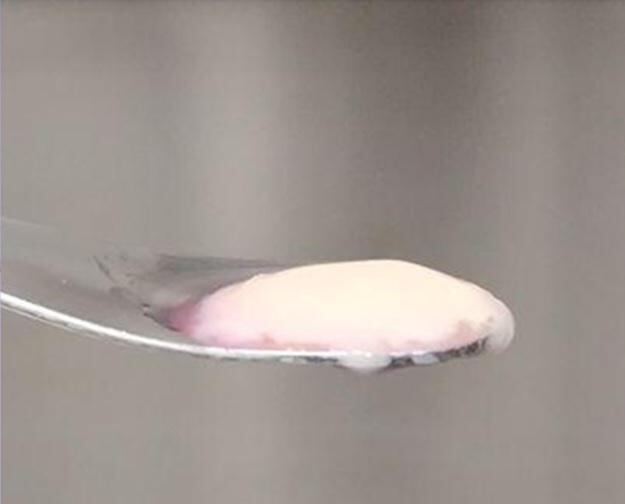
Health and sustainability credentials
Advocates are sure that cultured meat will prove to be healthier and more environmentally friendly than conventional meat. The jury is out on these fronts, however.
For example, studies have speculated on the potential health benefits and drawbacks of cultured meat. One study concluded: “Unlike conventional meat, cultured muscle cells may be safer, without any adjacent digestive organs. On the other hand, with this high level of cell multiplication, some dysregulation is likely as happens in cancer cells. Likewise, the control of its nutritional composition is still unclear, especially for micronutrients and iron.”
Selvaganapathy said he plans to use a natural process which will avoid these issues. “We will use the satellite cells in the muscles which are primed to divide with appropriate stimuli. These are naturally occurring cells in muscles which get activated when exercising to produce more muscle cells and for fibers.”
What’s more, the cultivated meat format is very useful for tuning the nutritional content of meat, he told us. “One can add nutritional supplements that can be taken up by the cells as they grow and divide and tune so that the right composition is provided. We have demonstrated that depending on the ratio of the fat and muscle cells we start with, we can tune the fat content. This is important for choice to the consumer. Ultimately, whether they choose lean or fat rich meat is based on their preference. We can also potentially incorporate plant fibre as a scaffolding material in meat. Other such modifications are easy to incorporate in cultivated meat as compared to conventional meat.”
The researchers say there were inspired by the meat-supply crisis in which worldwide demand is growing while current meat consumption is straining land and water resources and generating troubling levels of greenhouse gases. "Meat production right now is not sustainable," Selvaganapathy said. "There has to be an alternative way of creating meat."
However, there are question marks too concerning the potential high energy use and associated carbon emissions that could result from large numbers of bioreactor producing cultivated meat at scale. But cultivated meat enthusiasts focus on the amount of land the process can potentially save.
“We can be pretty confident that moving forward the technology is going to be environmentally friendly,” Selvaganapathy claimed. “It is not only an issue of carbon emission. When you grow plants like soybean to feed pigs for the growing meat consumption, significant amount of land, water and other resources are used. This is unsustainable and the growth in meat consumption is destroying forest such as Amazon in Brazil.
“If you look at the food chain of conventional meat there is a lot of wastage. Majority of the soy bean plant cultivated for meat is wasted thrown away or burnt. The prime cuts of meat only constitute a small portion of the animal and the resources that the animal consumes to produce bones, other organs such as eyes, feathers are wasted. What cultivated meat will do is optimize resources so that just enough is provided to get the cuts of meat that are highly sought after. This will remove significant inefficiency in the system. Also, animals produce methane which is a far impactful GHG than Co2 from bioreactor-based production.”


